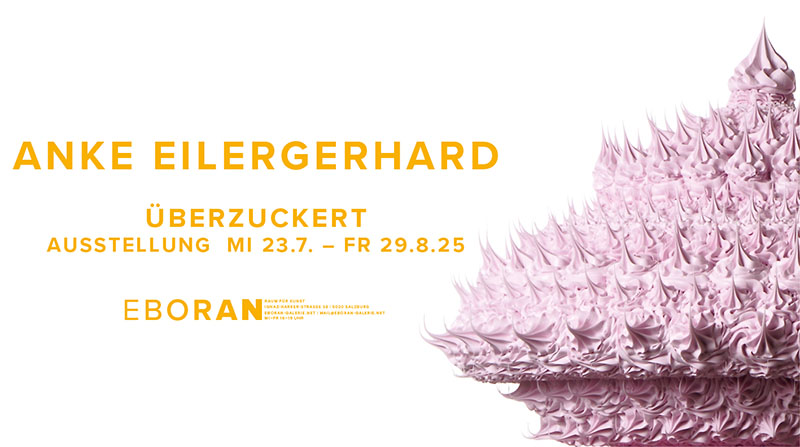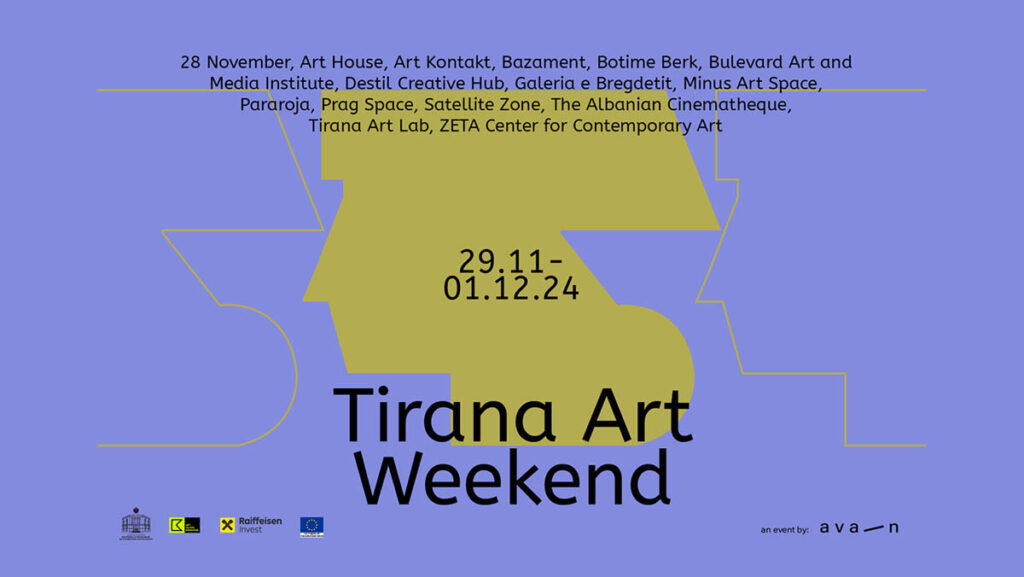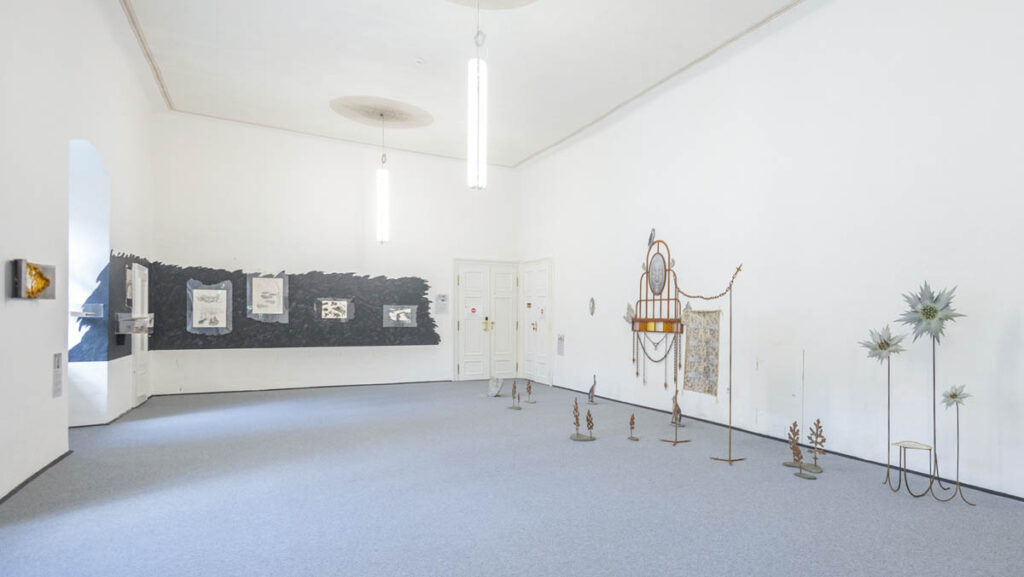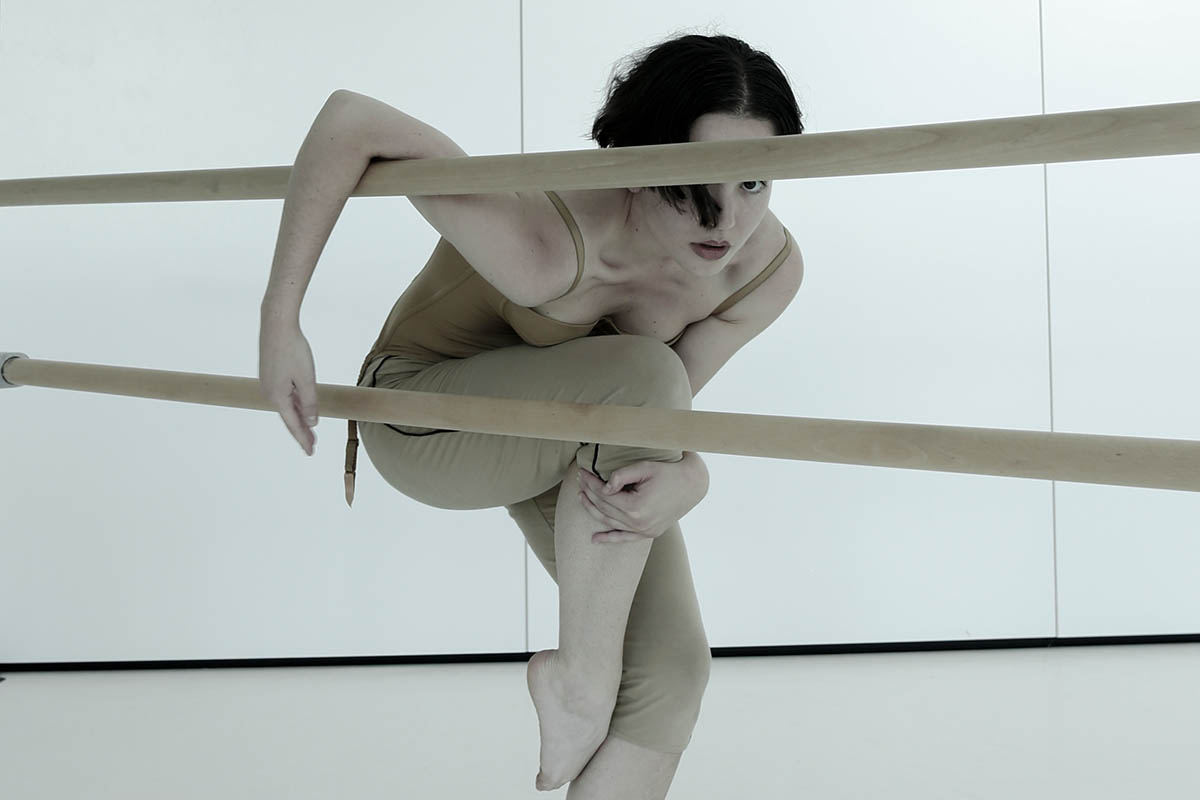
How has your background in classical and modern dance influenced your artistic approach?
The foundation of my artistic practice is rooted in dance, which has been central to my life since I began at the age of four. After spending a few years in dance companies, I was drawn to a more visual and experimental approach—always maintaining a connection to the body. My work centers on the interplay between the body and its emotional expression, exploring how this dynamic unfolds within and in response to the space.
Dance gives the tools to understand the body, the ability to control and utilize it effectively, and the awareness of spatial composition. It has taught me how to shape and choreograph spaces, working with multiple bodies to create, structure, and deconstruct dynamic environments. I am particularly fascinated by the architecture of using the body to refer to other bodies and their surroundings.
My work is often site-specific, as I feel more inspired by unconventional settings than traditional white cubes or theater stages. These conventional spaces, while holding their own possibilities, are not where I feel most at home.
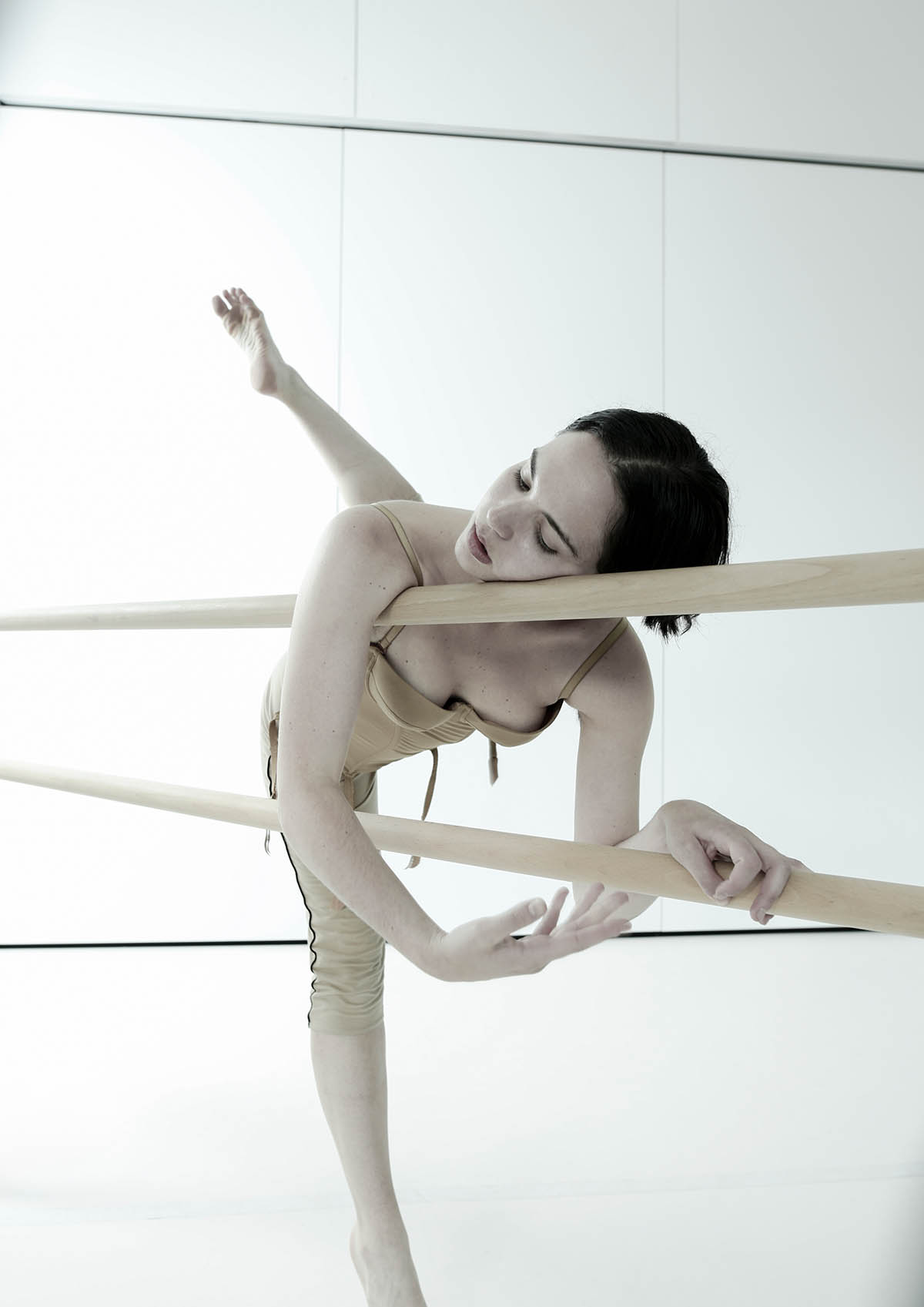
What themes or emotions do you often explore in your choreography?
My process is influenced by the moment I am living in—it’s often autobiographical, reflecting my personal experiences and emotions at a given time. I begin with the emotionality of the body, seeking to translate these feelings through movement, voice, and gesture. In my choreographic research, I like to explore states of being, most of which originate from an emotional core. As an Italian, I embrace my inherently dramatic connection to life—something I find both humorous and central to my practice.
Human interactions fascinate me, shaping and inspiring my work in different ways. The body remains both the starting point and the focus for connection, expression, and storytelling. My practice often mixes Italian pop culture, nostalgia, and classical elements, always including a sense of drama and irony. I love to play between the richness with a certain dryness and playfulness, teasing out contrasts to challenge perceptions and evoke layered interpretations of the human experience.
How do you go from an idea to a „finished dance piece“?
I don’t like to call my works „finished dance pieces“ because they are never static; they remain processes, evolving and shifting over time. Improvisation plays a significant role in my approach, allowing space for spontaneity and transformation. My ideas often start from what inspires me in the moment—this could be a person I’ve met or a situation I’ve experienced, which I then aim to reproduce or reimagine on stage.
The people I collaborate with are typically part of the moment I’m exploring. I don’t select performers based on their CVs or traditional casting methods; instead, they come from the context of my life and the emotional or thematic connection they bring to the work.
In creating a piece, I like to develop its structure through sketches, drawings, and many, many words, and compositions of objects and bodies. While these structures and texts provide a framework, they are intentionally open, leaving room for improvisation. This fluidity allows the work to remain alive and responsive, continually shaped by the people, emotions, and spaces involved.

Can you discuss the role of improvisation in your performances?
For me, structure is essential, even when improvisation is at the base of it. I don’t believe in fully improvised pieces without any framework—there’s a strange mechanism in our brain that tries to replicate what happened during a rehearsal or the previous performance. But true improvisation, when you are fully present and remain engaged with the moment, is always unique and unrepeatable. Staying in that creative flow is key to allowing something special to emerge.
The piece you saw, for example, was fully improvised, but it was built around a strong concept and idea, and I performed it alone. In those cases, the clarity of the structure and intention provides the grounding necessary for the improvisation to be there. It’s this balance between structure and the freedom to improvise within it that keeps my work alive and evolving.

How do you prepare for a performance?
I try to focus and calm down. I often sit in the audience seats to visualize how the piece will look from their perspective, imagining the flow of the performance. This helps me reconnect with the vision I had once I was creating it, especially since I am usually both the choreographer and a performer in my work.
As for physical preparation, I prefer not to over-warm up beforehand. I like to let the performance itself become part of the process of warming up. This approach helps me stay connected to the piece and the space.
You are the co-founder of MOLT in Berlin. Tell us more about it.
Ah, my little baby, MOLT! Yes, it’s a curatorial artists‘ group based in Berlin that I co-founded. Last year, we operated from a fixed space, but starting in 2024, we started to be itinerant, changing locations for each event. This allows us to experiment with spaces in different ways, inviting different artists based on the specific qualities of each location.
We love reimagining spaces and disrupting the usual expectations associated with them, offering something unexpected and dynamic. Our group consists of five members, and we work to bring together multiple disciplines into a single evening, creating rich, interdisciplinary experiences.
This curator role did a lot for my artistic research and career. It’s given me new perspectives and allowed me to expand my practice.
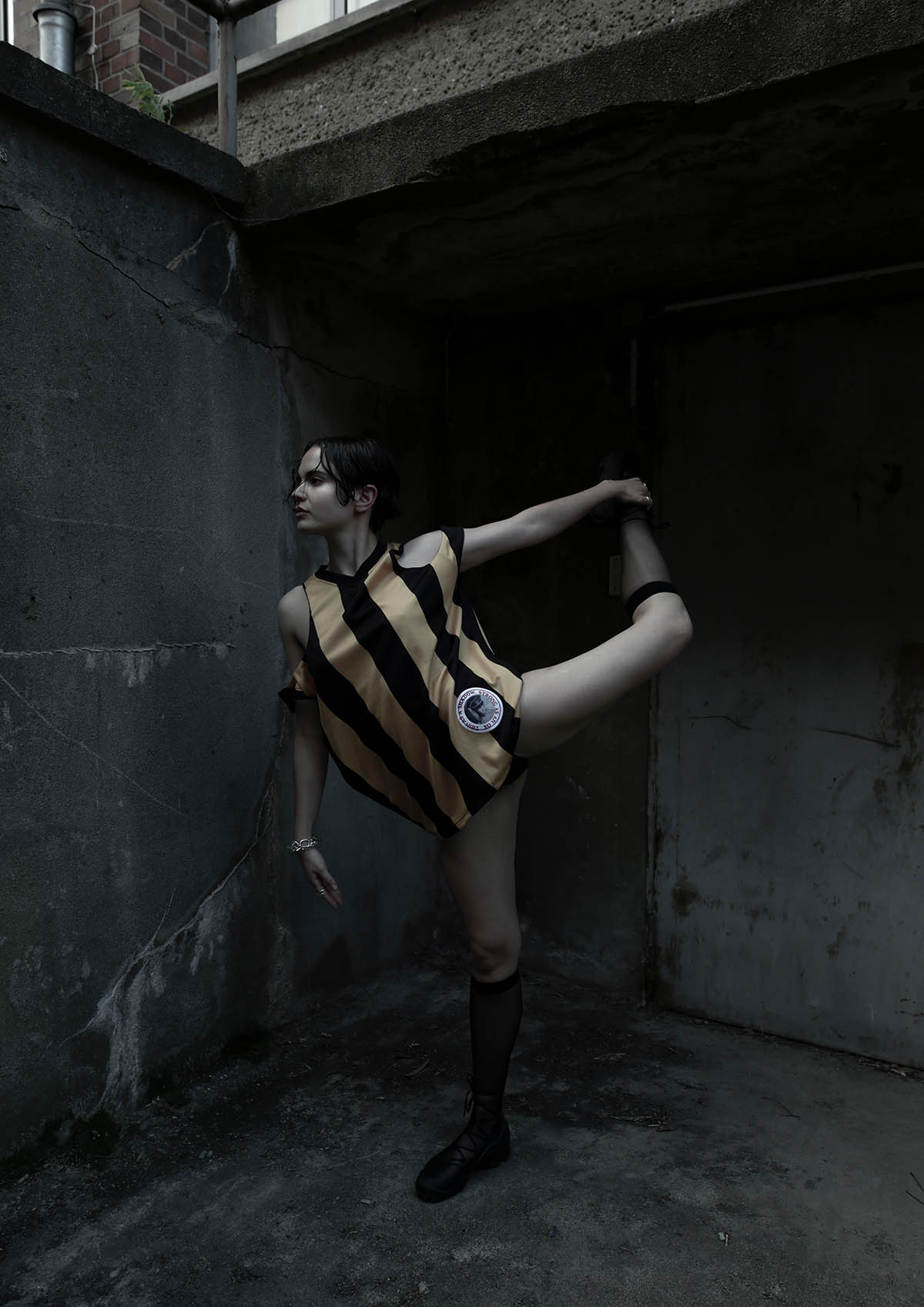
I enjoyed the performance at the Traklhaus during the finissage of the exhibition by atelier ///. What brings you to Salzburg?
In 2018, after an audition, I began traveling frequently to Salzburg to collaborate with Toihaus Theater and Cornelia Böhnisch. It was during this time that I connected with Jan Leitner and the collective Atelier ///, who invited me to perform and create a site-specific work at the Traklhaus Salzburg.
Are there any upcoming projects that you’re excited about? Is anything planned in Vienna?
I’m currently working with Leila Hekmat, with the premiere scheduled at HAU Berlin this December—a project I’m very excited about. In parallel, I’m planning a series of performances with MOLT, starting on December 18th at Atelier Gardens and continuing on February 8th at Silent Green in Berlin. These performances explore themes of dualism and stillness, inviting reflection through contrasts and pauses. I will also be performing in Vienna in May with Chiara Bartl-Salvi, and I’m very much looking forward to it.
Elena Francalanci – www.instagram.com/francaele/
Elena Francalanci is an Italian artist and choreographer based in Berlin, connecting her classical ballet background with visual arts and feminist foundations. She began her career in dance companies like Balletto Teatro di Torino before transitioning to freelance work. Her performances and installations explore emotional states, gestures, and architectural spaces, often deconstructing social and political norms. Drawing from personal histories, classical influences, and pop culture, she combines refined and raw elements to challenge traditional aesthetics. Since 2023, Francalanci has co-led MOLT Berlin, a project space focused on performance and visual art.



